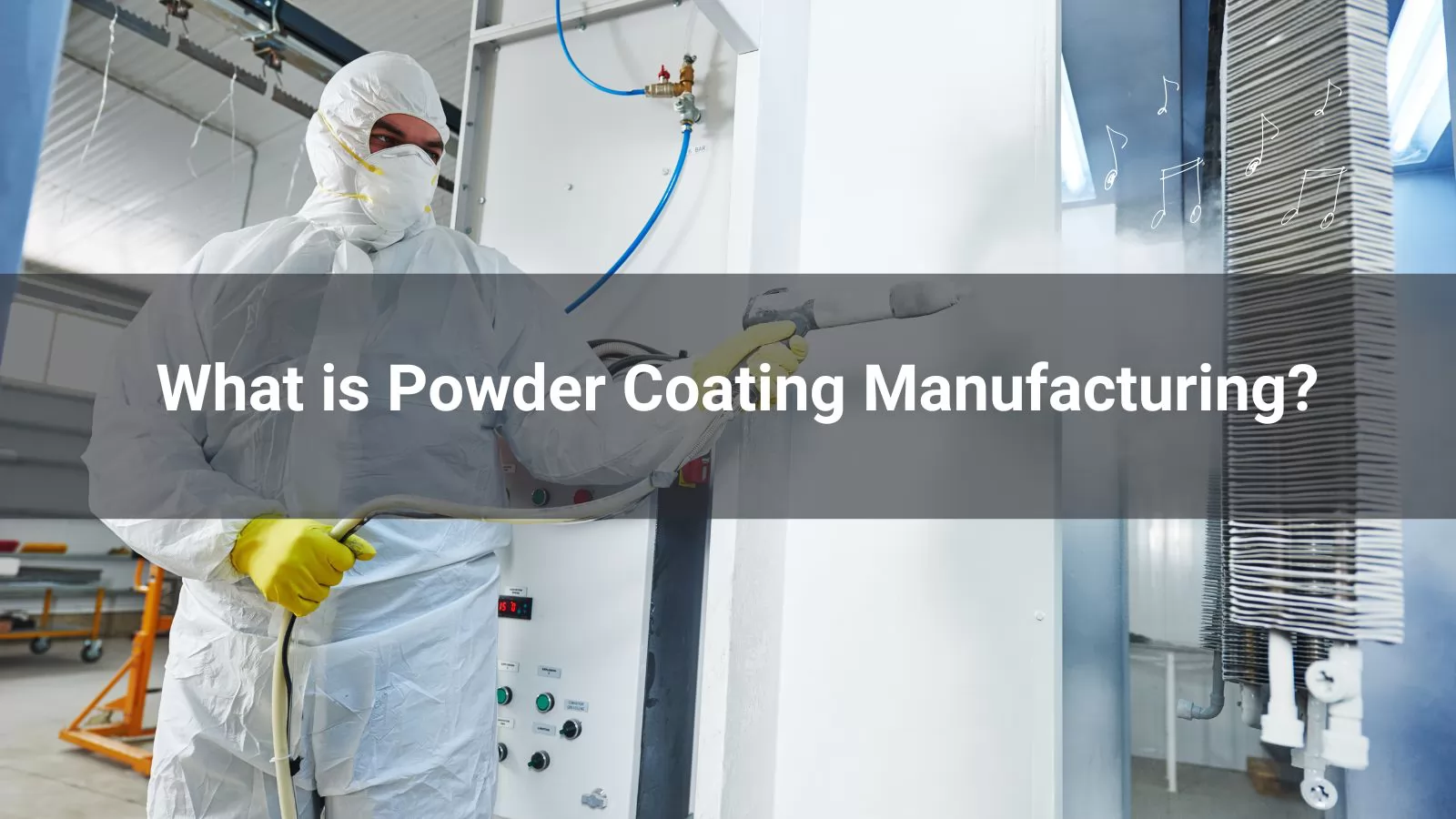
.png)
.png)


-
.png) 0086-757-85407388
0086-757-85407388 -

-
 terrychen@wintoly.com
terrychen@wintoly.com


.png)
.png)


.png)




Powder coating has emerged as a revolutionary surface finishing technique, offering a plethora of benefits over traditional painting methods. In this blog, we will delve into the world of powder coating manufacturing, exploring its processes, types, applications, and advantages.
Powder coating is a type of coating used in manufacturing various metal hardware products such as automotive parts, chairs, and cans. Unlike traditional paint, it is in a powdered form during application and does not require a solvent to keep it in liquid form. This unique characteristic gives powder coating several environmental and performance advantages.
The powder coating process typically involves three main steps: surface preparation and pre-treatment, powder application, and curing.
This is a crucial step as it ensures proper adhesion and a flawless finish. The substrate must be thoroughly cleaned to remove contaminants like oil, grease, rust, and dirt. There are both chemical and mechanical pre-treatment methods available.
· Chemical Pretreatment: This involves using chemicals to clean the surface, promoting adhesion on slick or difficult metals. It typically includes cleaning with weak alkali or neutral detergents, applying a conversion coating, and etching the surface. A rinse stage is included between each step, and a RO or DI rinse may be applied for better results.
· Mechanical Pretreatment: This method uses abrasive media to polish or clean the substrate, creating an anchor pattern that improves adhesion. Techniques like sand or shot blasting are common.
There are two primary methods of applying powder coatings: electrostatic deposition (ESD) and fluidized bed powder coating.
· Electrostatic Deposition (ESD): This is the more common method, especially for metal parts. The powder is applied using a spray gun that imparts an electrostatic charge to the particles, attracting them to the grounded substrate. There are different types of electrostatic guns, such as Corona and Tribo guns.
· Fluidized Bed Powder Coating: In this method, parts are preheated, dipped into a fluid-like suspension of powder particles, and then post-fused in an oven.
After application, the coated substrate is cured in an oven at high temperatures (between 110 and 250 °C). The powder particles melt and fuse, forming a durable finish. Different types of curing ovens, such as convection ovens, infrared (IR) ovens, and radiation curing technologies, are used depending on the application.
There are two main types of powder coating: thermosetting and thermoplastics.
· Thermosetting: This type uses a cross-linker in the formulation. When baked, the powder reacts with other chemicals to polymerize, improving performance.
· Thermoplastics: These do not undergo a chemical reaction during baking but simply flow out to form the coating. Common polymers include polyester, polyurethane, and acrylics.
Powder coating is used on a wide range of substrates, each with its own unique characteristics and applications.
· Steel: Commonly used in automotive parts, appliances, outdoor furniture, and industrial equipment due to its durability and resistance to harsh environmental conditions.
· Aluminum: Ideal for architectural elements, outdoor structures, and aerospace components because of its lightweight and corrosion-resistant properties.
· Wood (MDF): Gaining popularity in furniture, cabinetry, and interior design, offering an extensive color palette and a durable finish.
· Plastic: Enhances the durability and scratch resistance of plastic materials while providing a visually appealing finish.
· Pultrusion (Composite Material): Used in structures like bridges, handrails, and offshore platforms where durability and longevity are paramount.
· Environmental Friendliness: Powder coating creates fewer volatile organic compounds compared to traditional paints as there is no carrier fluid to evaporate.
· Thicker Coatings: It allows for thicker applications without the risk of sagging or running.
· Consistent Appearance: The coating appears the same regardless of the direction of application.
· Durability: Provides a hard and firm finish that is more resistant to chipping, scratching, and fading.
Powder coating manufacturing offers a versatile and durable solution for a variety of industries. With its numerous advantages over traditional painting methods, it is no wonder that the demand for powder coatings has been steadily increasing. Whether you are looking for a more environmentally friendly option or a coating that can withstand harsh conditions, powder coating is an excellent choice.
For more information on powder coating and its applications, stay tuned to our blog. And if you're considering implementing powder coating in your manufacturing process, consult with experts to ensure the best results.
Read More:
Leading Powder Coating Manufacturer from China - Wintoly
Top 10 Wood Effect Powder Coating Manufacturers in the World 2025

 terrychen@wintoly.com
terrychen@wintoly.com
.png) 0086-757-85407388
0086-757-85407388
 6 Chaoyang Rd., National Demonstration Eco-industrialzone, Nanhai, Foshan,Guangdong,China
6 Chaoyang Rd., National Demonstration Eco-industrialzone, Nanhai, Foshan,Guangdong,China

.png)
